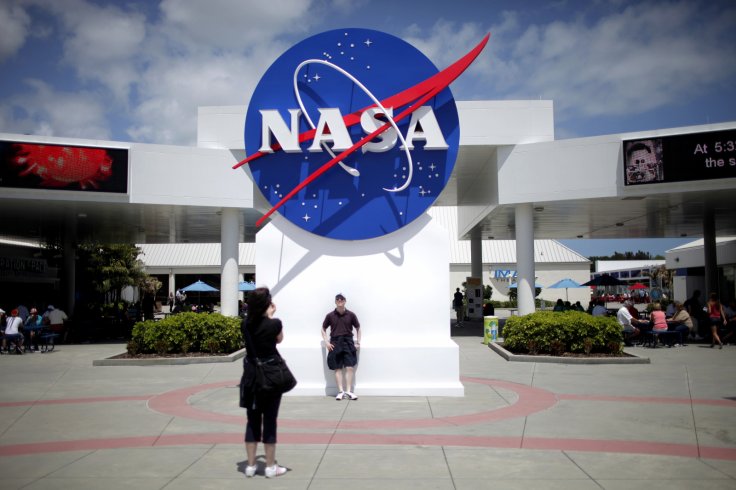NASA recently sent a massive balloon with seven cameras directly over the North Pole to try and capture a glimpse of rare cloud formations and were treated with electric blue, wispy clouds formed by meteoric particles trapped in the upper atmosphere.
Called noctilucent clouds, or polar mesospheric clouds (PMC), these clouds are visible only in a short interval of time in the Northern Summer just after sunset, notes a report by Fortune Magazine. Tiny ice crystals formed around space dust give off a sharp blue and white look up in the outer reaches of the atmosphere, and they are, rather stunning.

Through the mission, NASA was able to shoot a staggering six million pictures using seven cameras rigged to a computer and 32 TB of onboard storage that they had on board their giant balloon, these high-resolution images offer an almost other-worldly look at this rare natural phenomenon.
Called the PMC Turbo, the balloon left Sweden in early July and after a five-day journey, landed back on the other side of the planet, in Canada.
While the images themselves are beautiful, the science mission was interested in more than what they look like and was after the events that led to their creation in the first place, notes the report. Forces like uplifting air masses—air pushed upward because of masses on the surface like mountains and transfer energy—energy in the atmosphere that moves to the mesosphere from the lower altitudes and these forces come together to form what is known as gravity waves.
Modelling gravity waves and getting a better understanding of them can help in weather forecasting, study turbulence on water bodies, it can even help understanding exoplanets and their atmospheres as humans get closer and closer to not just finding alien worlds, but also studying them in-depth.
"From what we've seen so far," said Dave Fritts, principal investigator of the PMC Turbo in a statement, "we expect to have a really spectacular dataset from this mission."
"This is the first time we've been able to visualize the flow of energy from larger gravity waves to smaller flow instabilities and turbulence in the upper atmosphere."
"At these altitudes, you can literally see the gravity waves breaking—like ocean waves on the beach—and cascading to turbulence," he added.









